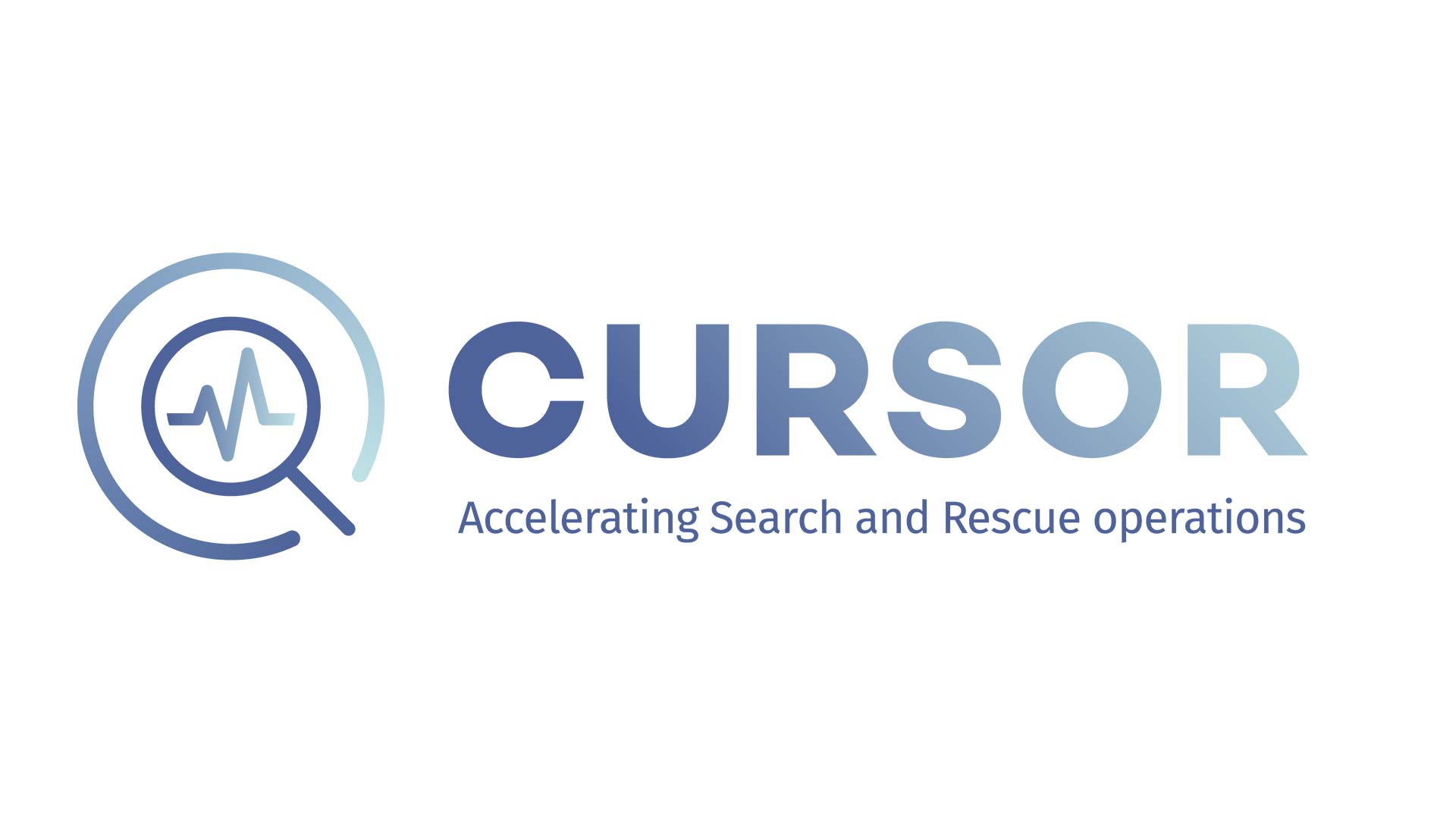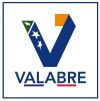Imagine that on February 7, 2023, an earthquake measuring 6.5 on the Richter scale occurs with an epicenter south of Duisburg, Germany. Several people are missing, there are confirmed injuries and fatalities, the power supply is disrupted, and there are many damaged buildings and impairments of critical infrastructure. National capacities are working in the areas around Düsseldorf where there are known victims. Additional assessment teams have been tasked with gathering information to assess areas further north towards Wesel, as these are also thought to have been affected, and local emergency management agencies need to determine if further resources are required to be deployed to this area.
This scenario will be demonstrated on 7 February 2023 in Wesel with the help of technologies developed in the EU and Japanese funded research project CURSOR (Coordinated Use of miniaturized Robotic equipment and advanced Sensors for search and rescue OpeRations).
The CURSOR project aims to develop innovative technologies for search and rescue operations. At the final demonstration on 7 and 8 February, the results of the research will be presented to emergency services, researchers, companies and other stakeholders. Coordinated by the THW (Federal Agency for Technical Relief), a consortium of 17 partners (from Europe and Japan) has been working the last 3.5 years on the development of remote-controlled technologies that increase the safety of first
responders and accelerate search and rescue operation.
The CURSOR Search and Rescue Kit consists of various technologies that enable emergency services to work from a safe distance. CURSOR in the air consists of several drones, that enable first responders to gather information quickly and to get a first overview of the disaster site.CURSOR on the ground consists of ground robots, geophones and information and communication systems. All data collected with these technologies is visualized in the command and control center. On 7 February, there will be the opportunity to see these technologies in action and to exchange about project results with users, technology developers and researchers.
This demonstration is part of a public stakeholder event, which will be introduced by the president of the Technical Relief Organisation (THW), Gerd Friedsam. Journalists are invited to participate fully or in parts.
Draft Agenda
February 7th
| 12:00 | Arrival of guests and lunch. Location: Welcome Hotel. |
| 13:00 | Keynotes and introduction to the project by the project coordinator Tiina Ristmäe, THW. |
| 14:00 | Transport to the field. |
| 14:30 | Demonstration of the CURSOR SaR kit at the THW Test Site in Wesel: The coordination centre will control the search for missing persons via drones, robots, and geophones. First, based on the information gathered by these technologies and communication systems, an action plan will be developed in the coordination centre including specific and viable live rescue sites. This will then allow teams to develop a plan with concrete search tasks to extricate victims. |
| 16:00 | Transport back to the conference venue & tea and coffee. |
| 16:30 | Wrap-up session with Tiina Ristmäe, Project coordinator (THW) and Steve Gadsdon (Merseyside Fire and Rescue Service, UK), moderator of the field demo. |
| 18:00 | Cocktail reception and CURSOR photo exhibition. |
| 19:00 | Dinner and networking event. |
February 8th
| 9:00 | Teaser presentation of all CURSOR technologies. |
| 10:00 | Exhibition / Marketplace to get familiar with CURSOR and other Search and Rescue technologies. |
| 11:45 | Panel discussion on “Urban Search and Rescue technology innovation requirements from a demand-driven perspective”. |
| 12:15 | Lunch and end of public event. |
Registration and contact on site:
Please confirm your participation with Karin Rosenits, Communication responsible, ARTTIC
Innovation, Tel.: 0049-89 248 83 03-42
karin.rosenits@arttic-innovation.de
Location
Welcome Hotel Wesel, Rheinpromenade 10, 46487 Wesel, Germany and THW Wesel exercise site.
17 organisations from eight countries are working together in the CURSOR project under the leadership of the German Federal Agency for Technical Relief (THW) to develop a system of different technologies that will make locating missing persons easier, more connected and safer. The responsible partners are working together across national borders to advance disaster relief in all countries. The project’s funds come from both Europe and Asia. It is funded by the European Commission under the Horizon 2020 research and innovation programme and by the Japan Science and Technology Agency (GA No. 832790).
Please find below the link to our video library to get an overview on the project:
www.cursor-project.eu/video-library
Further information:
www.cursor-project.eu
As we have to report on communication activities due to the funding of this project by the European Commission, please send a receipt of your publication to rosenits@arttic-innovation.de. Thank you very much!

